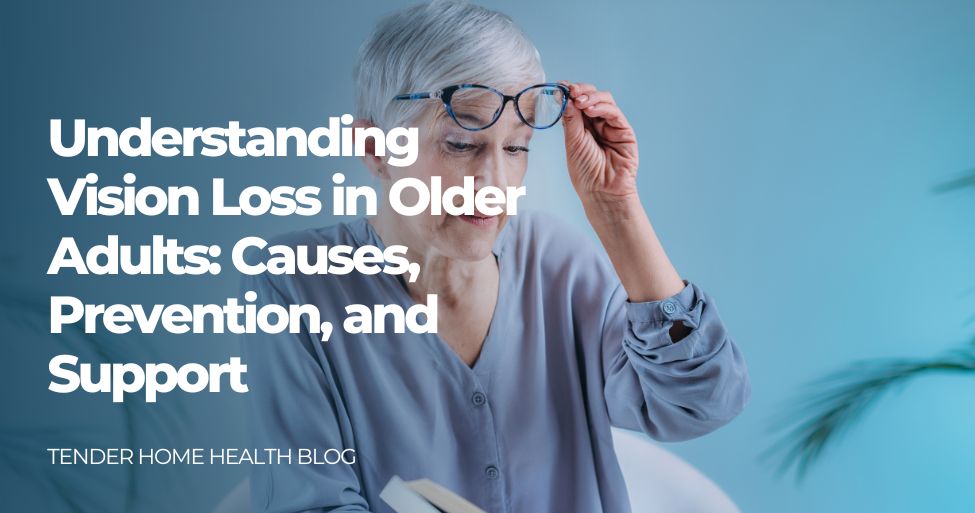Ever Heard of SAD (Seasonal Affective Disorder)? Do you seem to develop “winter blues” that linger until spring comes each year and its more than just a post-holiday slump?
Seasonal depression is a type of depression which can be triggered by the change of seasons and most commonly begins in late fall.
You can also get a mild version of SAD known as the “winter blues.” It’s normal to feel a little down during colder months. You may be stuck inside, and it gets dark early.
About 5% of adults in the U.S experience SAD. It tends to start in young adulthood (usually between the ages of 18 and 30). SAD affects women more than men, though researchers aren’t sure why.
Here are the signs of Seasonal Affective Disorder (SAD)
• Frustration, anxiety, excitement
• Loss of energy and excessive fatigue;
• Lack of interest in engaging with others
• Changes in sleep patterns – sleeping too much or too little
How to manage Seasonal blues and cabin fever
If you’re feeling a little down this winter, here are some things you can do to lift your spirits and fight cabin fever.
- Get outside:
Lack of sunlight can disrupt your body’s sleep-wake cycle. One way to feel better is to pack up, put on your non-slip boots, and get outside. Exposure to natural light will make you feel better and resets your body clock.
- Increase physical activity:
Staying physically active and healthy will help you beat the blues at any time of the year. Low-impact exercises such as walking, chair yoga, and swimming are options to consider.
- Eat Healthy:
Eating a balanced diet can help alleviate symptoms. Leafy greens, berries, and lean protein can all help.
- Brighten:
Open the blinds and curtains and turn on all the lights in your room. Green plants can also help brighten the room and ambience.
- Light therapy:
Use the ‘light box’ for 30-45 minutes a day. You should discuss this with your primary care physician before starting. These devices emit harmless ultraviolet rays that mimic natural sunlight and help regulate brain chemicals that tend to become imbalanced in the winter.
Although SAD goes away on its own but can take five month or more .Five months a year is a long time to be impaired and to suffer. If mood swings persist for more than two weeks, it may be time to seek help.




